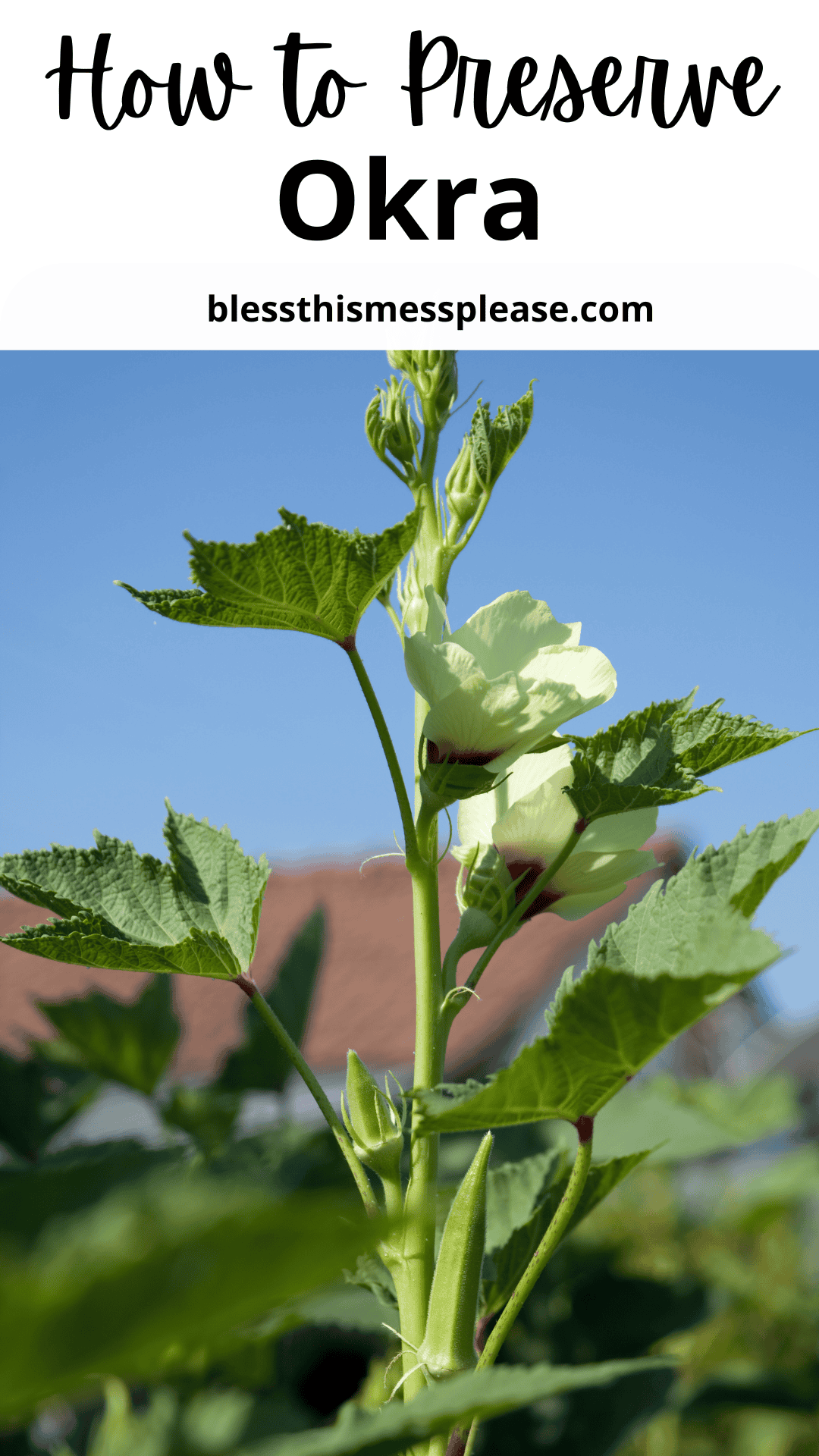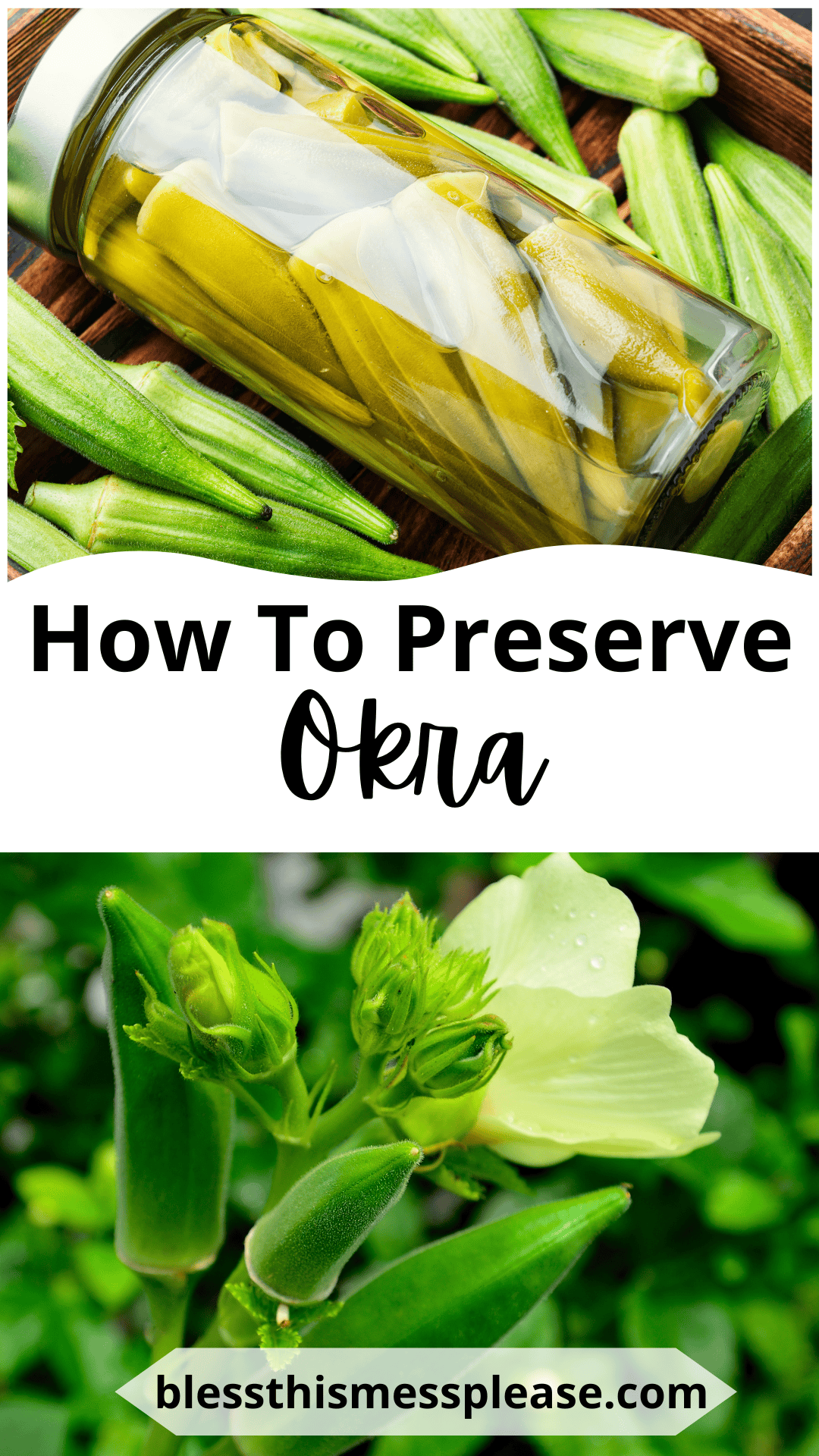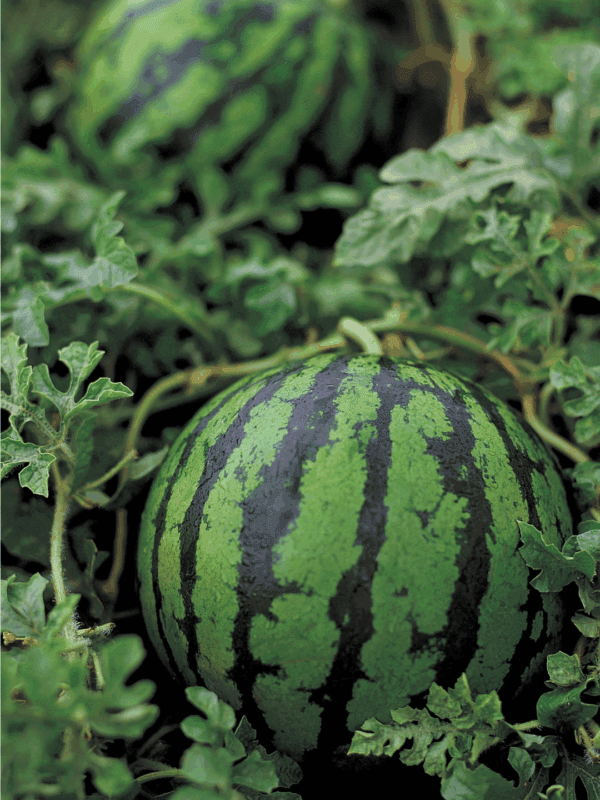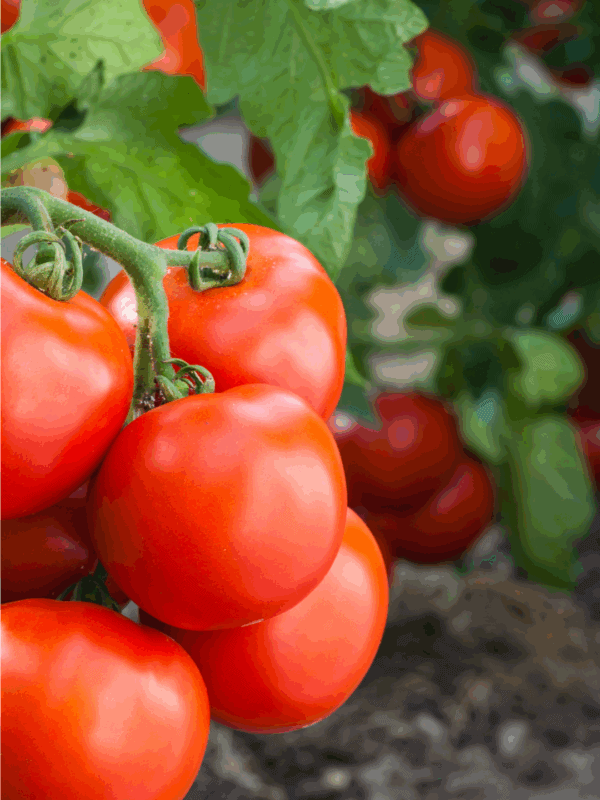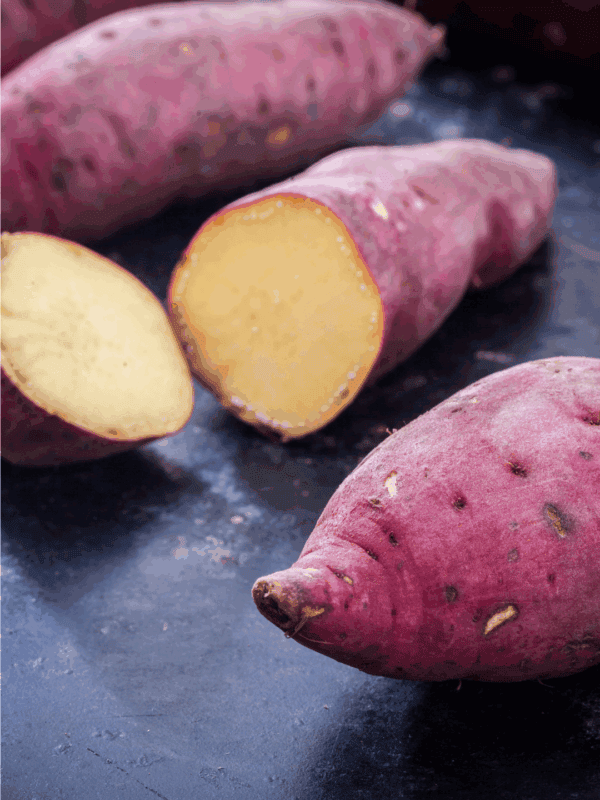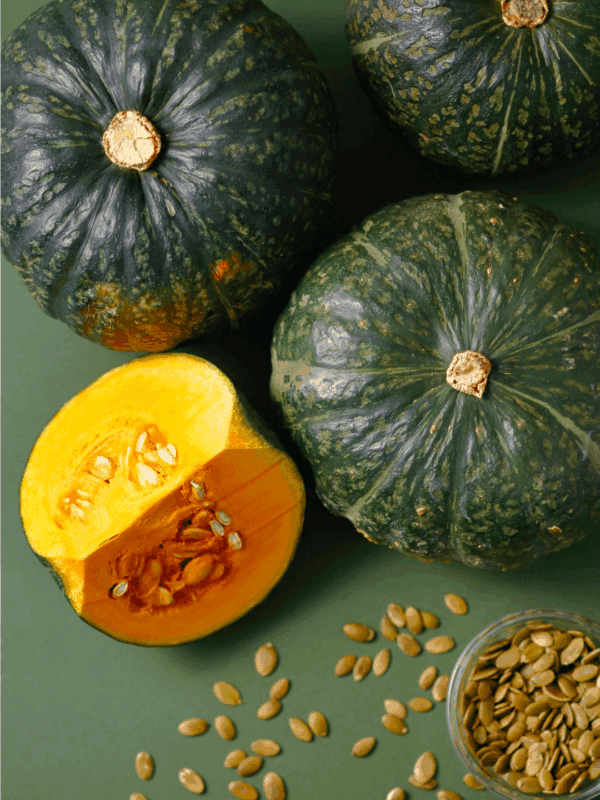This post may contain affiliate links. Please read our disclosure policy.
This in-depth guide will no doubt help teach you How To Preserve Okra in no time at all! Discover freezing, dehydrating, and canning techniques, along with expert tips included for perfect preservation every time!
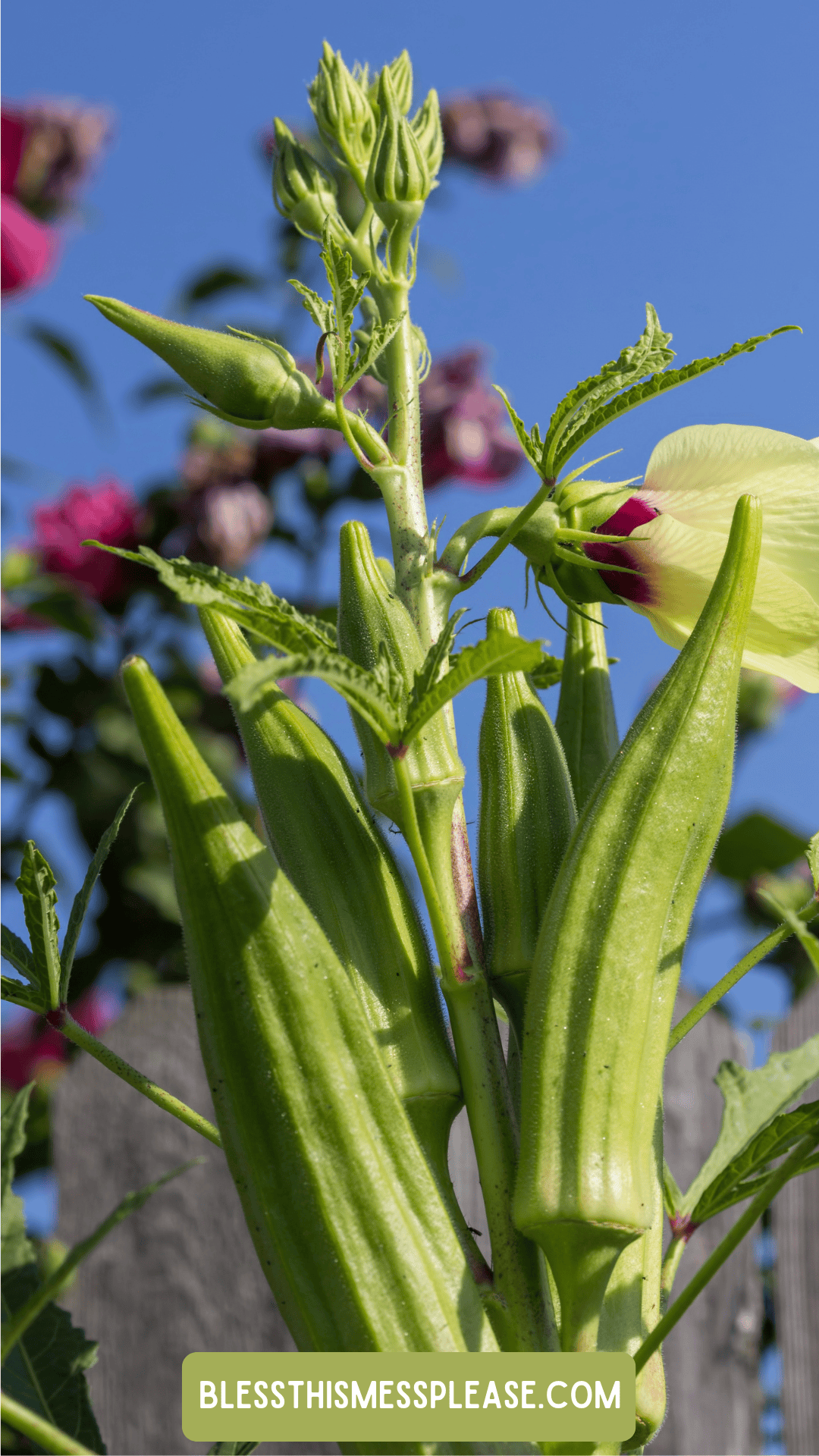
Preserving Guide: How To Preserve Okra
Nothing beats the satisfaction of growing your own okra, but what happens when your plants produce more than you can eat fresh? Learning how to preserve okra properly means you’ll never waste another pod from your garden harvest!
Mastering these preservation techniques will keep this nutritious vegetable available in your kitchen all year long. From simple freezing methods to traditional canning techniques, this guide will help you through every step to ensure your preserved okra maintains its flavor, texture, and nutritional value!
Table of Contents

When To Harvest Okra
You should harvest your okra when the pods are 2-3 inches.
How To Store Okra
In the refrigerator.
How To Make Dehydrated Okra
- CUT: Use young, tender pods only. Cut 1⁄2-inch crosswise, slice, or split lengthwise.
- DIPPING: Water blanch for 2-3 minutes
- DEHYDRATOR: 8-10 hours
- APPEARANCE WHEN DRY: tough, brittle
Canning Okra
QUANTITY: An average of 11 pounds is needed per canner load of 7 quarts; an average of
7 pounds is needed per canner load of 9 pints. A bushel weighs 26 pounds and yields 16 to
18 quarts – an average of 1-1/2 pounds per quart.
Wash pods and trim ends.
CANNING:
- Leave whole or cut into 1-inch pieces.
- Cover with hot water in a saucepan. Boil 2 minutes and drain.
- Fill prepared jars with hot okra, leaving 1-inch headspace.
- If desired, add 1⁄2 teaspoon salt to pint jars; 1 teaspoon of salt to quart jars.
- Cover okra in jars with fresh boiling water, leaving 1-inch headspace. Remove air bubbles; wipe jar rims with clean, damp paper towel.
- Adjust lids and process
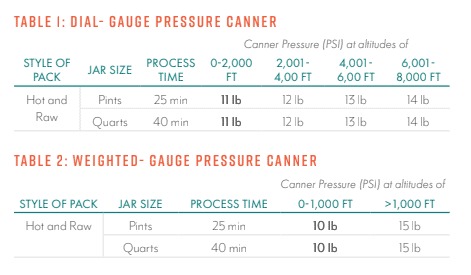
Freezing Okra
PREPARING OKRA
The smooth type varieties freeze as well as or better than the ridged varieties because they do not split as easily.
- Select young tender pods and separate into small pods (4 inches or under) and large pods.
- Wash. Remove the stems at the end of the seed cells, being careful not to expose the seed cell.
FREEZING REGULARLY
- Water blanch small pods 3 minutes and large pods 4 minutes.
- Cool promptly and drain.
- Leave whole or slice crosswise.
- Package, leaving 1/2-inch headspace.
- Seal and freeze.
FREEZING FOR FRYING
- Wash and remove stems.
- Blanch small pods 3 minutes and large pods 4 minutes.
- Cool promptly and drain.
- Slice crosswise and dredge with meal or flour.
- Spread in a single layer on shallow trays.
- Place in the freezer just long enough to freeze firm.
- Package quickly, leaving 1/2-inch headspace.
- Seal and freeze.
🍎🫙 Get a free Preserving Guide for all the details to dehydrate, can, and freeze 42 fruits and vegetables — get the FREE GUIDE here!
Expert Tips
- Storage Time: The storage time depends on your preservation method! Frozen okra lasts 10-12 months, properly canned okra stays good for 1-2 years, and dehydrated okra remains fresh for 8-12 months when stored in airtight containers.
- Avoiding Slimy Okra: Okra’s natural mucilage (slime) is actually beneficial in many dishes as a natural thickener. However, if you want to minimize it, choose young, tender pods, avoid overhandling, and use high-heat cooking methods after thawing. Pickling and dehydrating also reduce the slimy texture significantly.
- Preserving Nutritional Value: Properly preserved okra retains most of its essential nutrients, including vitamin C, folate, and fiber. Unlike store-bought processed vegetables that may lose nutrients during long transportation and storage!
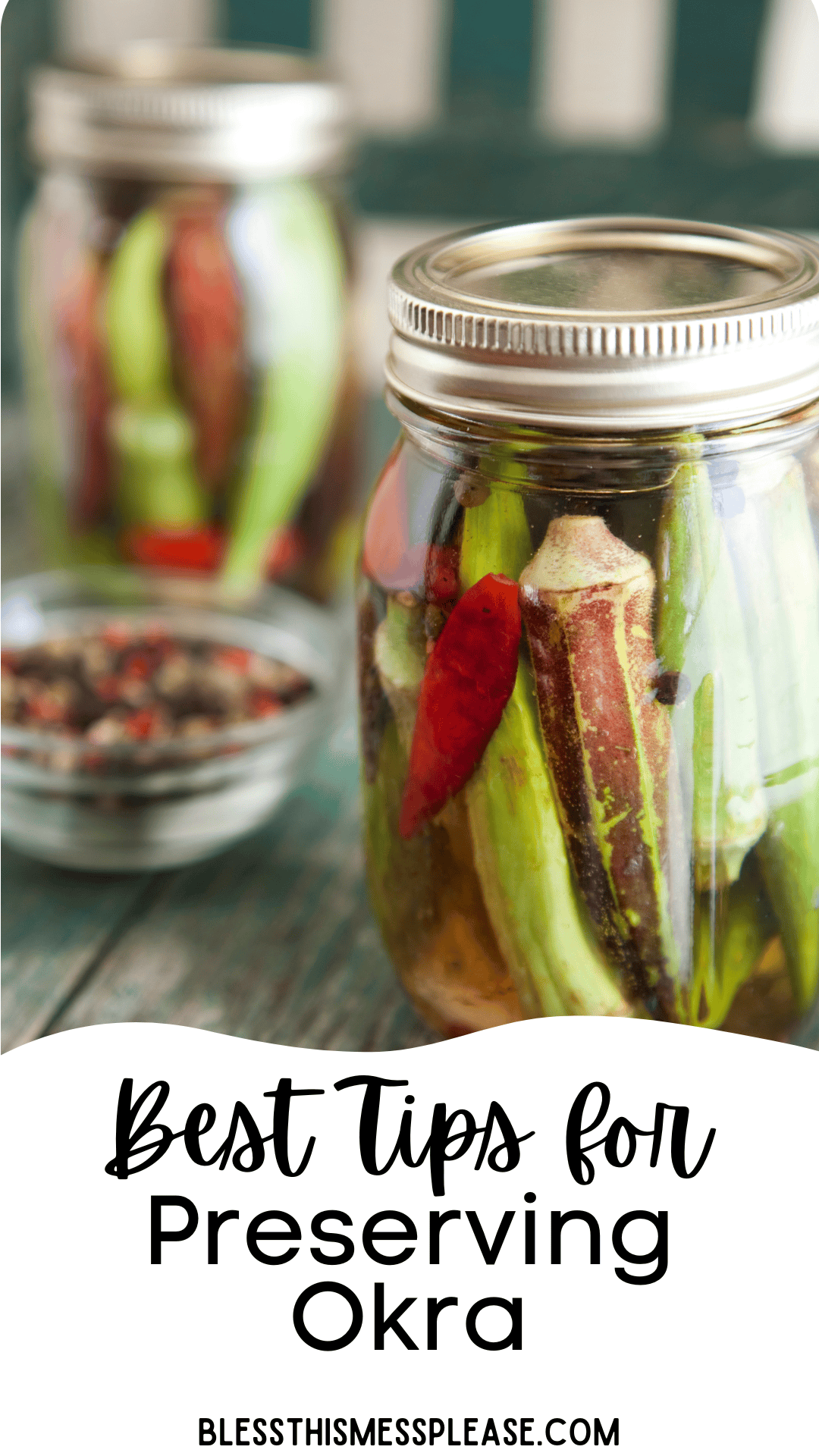
More Tips For Preserving The Harvest
Preserving Guide
How To Preserve Watermelon
Preserving Guide
How To Preserve Tomatoes
Preserving Guide
How To Preserve Sweet Potatoes
Preserving Guide
How To Preserve Winter Squash
Did you use any of these preserving tips? Leave a note below in the comments or share it on Instagram, Facebook, or Pinterest!

